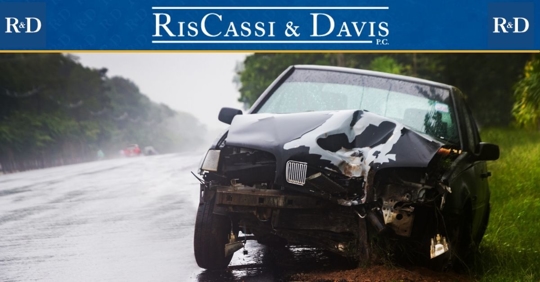Cars are Designed to Collapse in a Crash
It’s not unusual to see that the front of a car has completely collapsed in on itself, even if the airbags didn’t deploy. This is because of the “crumple zone,” a modern design of engineering that just might save your life in a crash.
What is the Crumple Zone?
In any crash, all the force must be dispersed before the car comes to a complete stop. In older vehicles, force was transferred to the car, then the passenger. This led to more severe injuries as passengers were absorbing more of that total force of impact.
By comparison, modern cars are designed to help passengers survive a crash. The front and rear of the car are not engineered to resist the force and hold shape, but to collapse (or crumple) in on itself, like an accordion.
This allows the car to absorb much more force and have less of it transferred to the passengers. That’s why damage tends to look much worse at the front and the rear, because it's designed to be destroyed.
How Effective is the Crumple Zone?
Crumple zones get a little more effective every few years. Presently, a car with a well-designed crumple zone can absorb about 25% of the impact from either the front or rear. That’s a significant reduction and may be the difference between life and death in high-speed collisions.
That said, the crumple zone is not created equally. The sides of the vehicle have nowhere to fold in and typically absorb just 5% of the impact. This, combined with the resulting shower of broken glass, is another reason why t-bone collisions tend to be fatal. While car engineers are still working on methods to improve side-impact safety features (such side airbags), it’s clear there’s still a long way to go.
If you or someone you love were seriously injured in a crash, we can fight for you. If you’d like an experienced Connecticut accident attorney from RisCassi & Davis, P.C. to evaluate your case, don’t hesitate to call us at (860) 245-2412 or contact us online!

